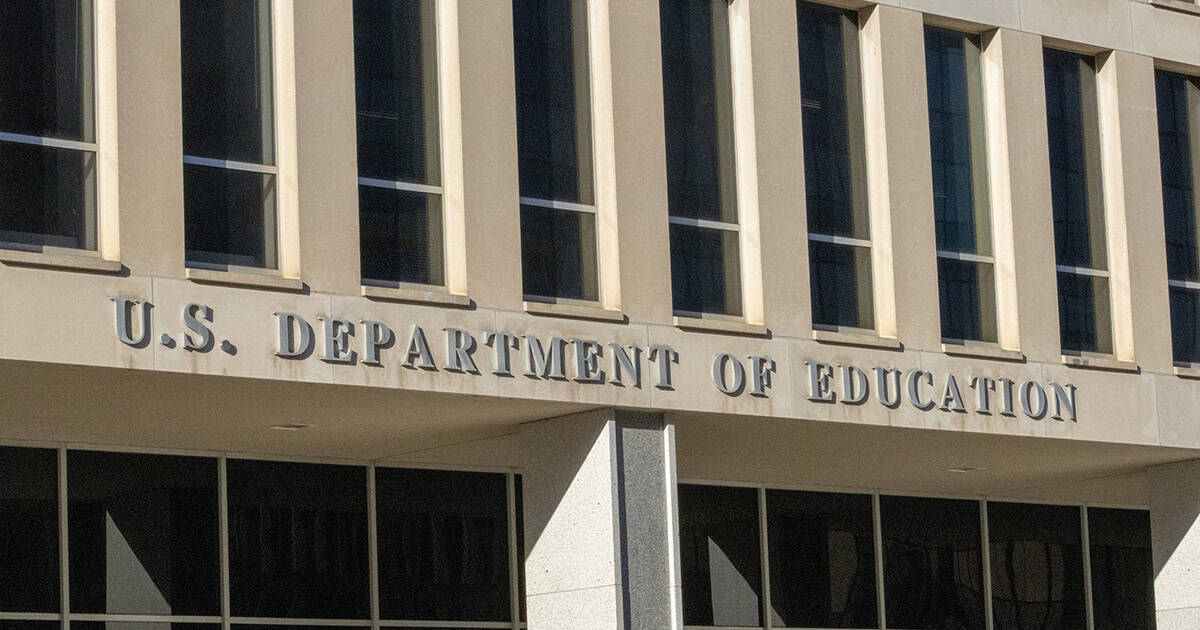The New York Department of Health recently proposed shifting to a two-tiered testing protocol in the New York Universal Newborn Hearing Screening Programs (UNHS) to “be consistent with nationally recognized standards established by the Joint Committee of Infant Hearing (JCIH).” The New York proposal would mandate utilizing an otoacoustic emissions (OAE) screening followed by an automated auditory brainstem response (AABR).
The JCIH 2019 position statement, Principles and Guidelines for Early Hearing Detection and Intervention (EHDI) Programs, presents evidence and supports a two-stage protocol as proposed in the above-referenced NY amendment. However, the JCIH did not dictate which screening technologies should be used as first screening vs. second screening. JCIH (2019) only comments that the preferred method is to rescreen using automated auditory brainstem response if the initial screening was also completed via AABR. Otherwise, the recommendation of screening methodology is not dictated.
In addition, the proposed new screening protocol does not differentiate between the well-baby and the neonatal intensive care unit (NICU) settings. The use of only AABR in the NICU setting is the continued recommendation of JCIH (2019). This recommendation is based on evidence for higher prevalence rates of auditory neuropathy spectrum disorder in this population (Berg et al, 2005) which may be otherwise missed with the use of OAE technology as the chosen screening method.
Academy comments recommend reconsideration of mandating both types of screening in a specific order in the well baby population; a clear recommendation for AABR screening in the NICU population, and greater clarity regarding the number of screenings in the inpatient setting and policies for referral after a second failed screening as an inpatient.
Reference
Berg AL, Spitzer JB, Towers HM, Bartosiewicz C, Diamond BE. (2005) Newborn hearing screening in the NICU: Profile of failed auditory brainstem response/Passed otoacoustic emission. Pediatrics. 116(4):933–938. doi: https://doi.org/10.1542/peds.2004-2806.
Recent Posts
When Audiologists Lead, Patients Win
Level Up Your Practice at AAA 2026—Bring Your Assistant and Take Advantage of Exclusive Package Discounts! The Audiology Assistant Track is back by popular demand at AAA 2026,…
Utah Committee Removes Audiology Deregulation Language After Strong Professional Pushback
Early last week, the Utah Office of Professional Licensing Review (OPLR) released draft legislation proposing major revisions to the regulatory framework for licensure of multiple…
Academy Joins National Push for Inclusive Loan Rules for Health Professions
Late last month, the Academy signed onto a letter to the Department of Education and the Reimagining and Improving Student Education (RISE) rulemaking committee urging…


